1. Green Potatoes
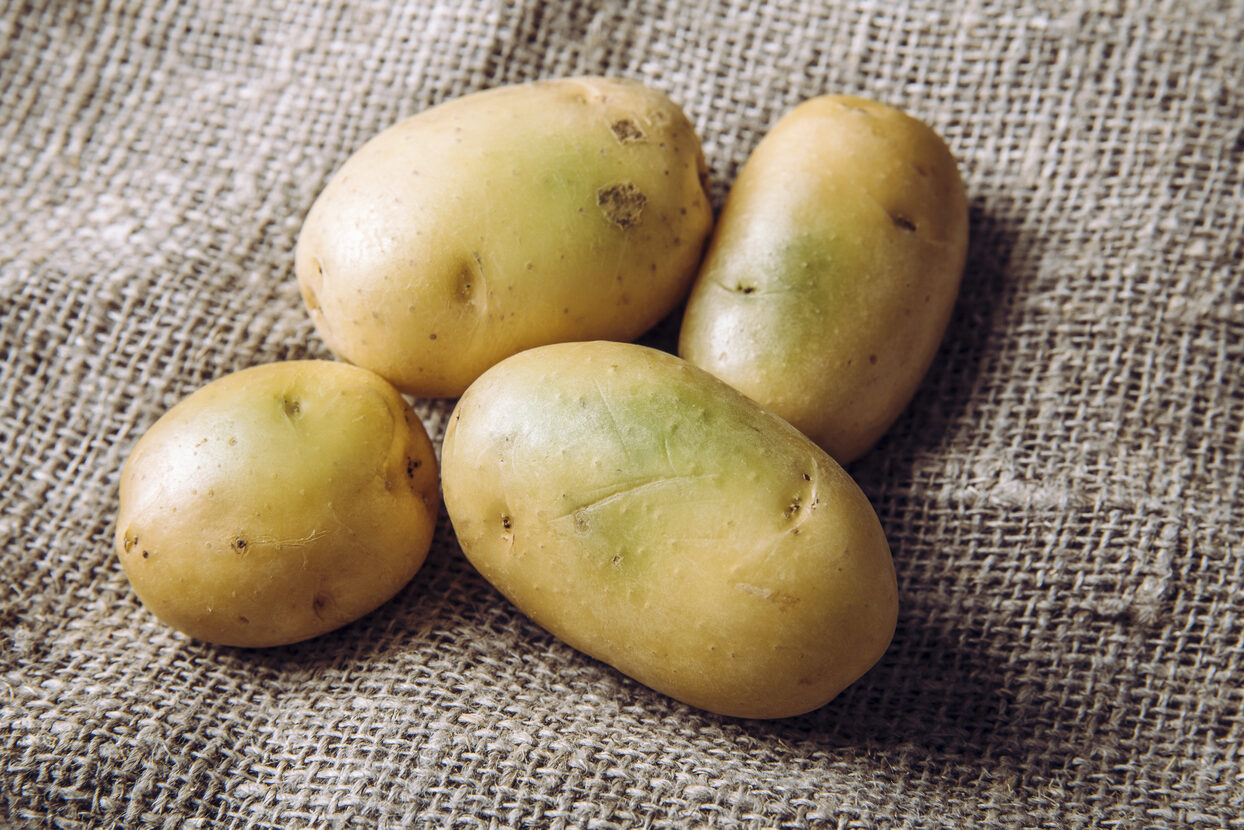
Potatoes are a kitchen staple, but when they start turning green or sprouting, they produce solanine, a natural toxin that can make you very sick. Eating green or sprouted potatoes has been linked to nausea, headaches, confusion, and in severe cases, even death. While it’s rare, outbreaks of solanine poisoning still happen, especially when people overlook small green patches and cook them anyway. The safest approach is to throw away potatoes that look green, shriveled, or sprouted rather than trying to cut off the bad parts. Even though potatoes are usually harmless and nutritious, ignoring these signs can turn an everyday side dish into a dangerous meal.
2. Red Kidney Beans
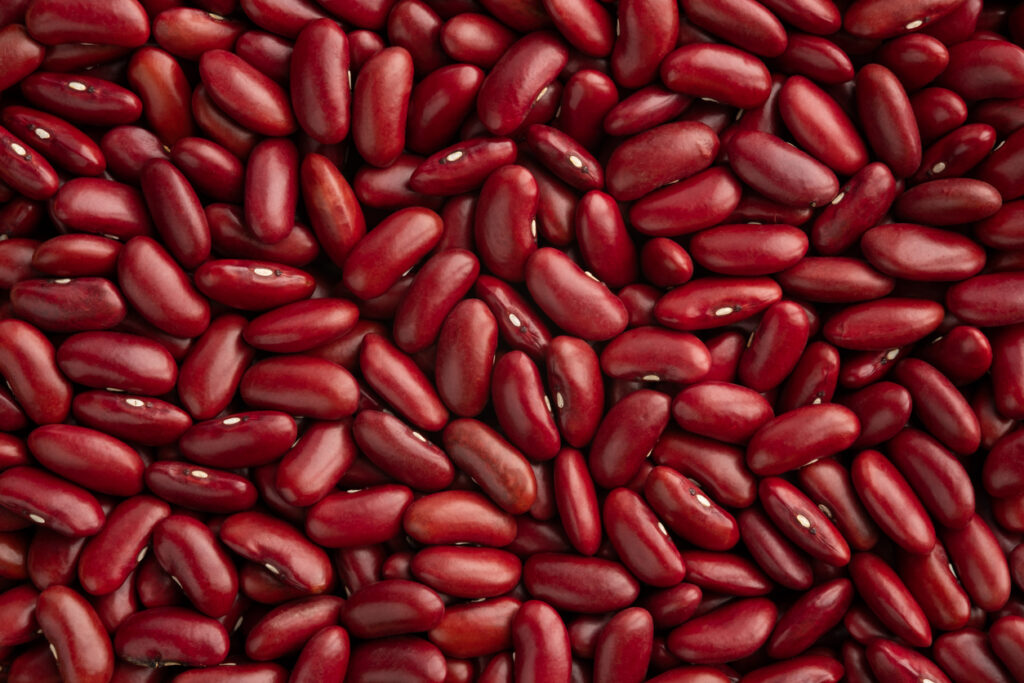
Raw or undercooked red kidney beans are surprisingly toxic, containing high levels of a compound called phytohemagglutinin. Just four or five beans eaten without proper cooking can cause intense stomach pain, vomiting, and diarrhea within hours. Many people don’t realize that slow cookers often don’t reach a high enough temperature to destroy this toxin, meaning beans may stay dangerous even after hours of simmering. To make them safe, beans should be boiled at 212°F for at least 10 minutes before lowering the heat. Because kidney beans are a popular base for chili, stews, and soups, knowing how to cook them properly is essential to avoid an unpleasant and potentially serious reaction.
3. Apple Seeds
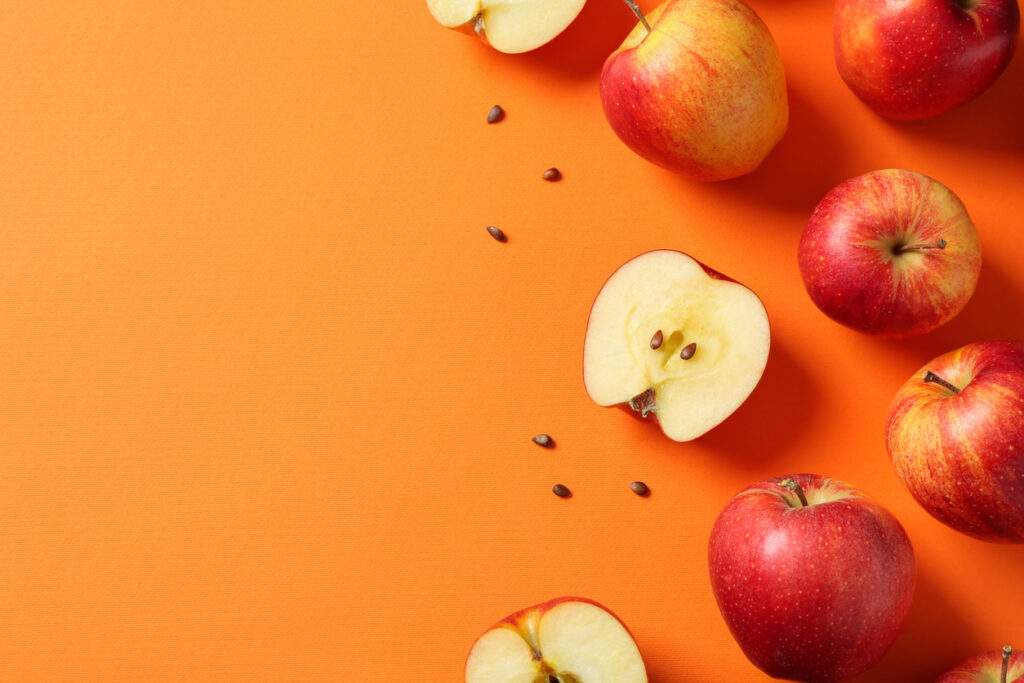
Apples are one of the healthiest snacks around, but their seeds contain a compound called amygdalin, which releases cyanide when chewed or crushed. Eating a few seeds accidentally won’t harm most people since the body can detoxify small amounts, but swallowing larger quantities could lead to poisoning. This risk also applies to the seeds of related fruits like apricots, peaches, and cherries. While it would take dozens of apple seeds to be fatal, it’s still wise to avoid eating them deliberately. Juicing apples whole, making homemade cider, or cracking open stone fruit pits can unintentionally release these compounds, so a little caution goes a long way.
4. Nutmeg
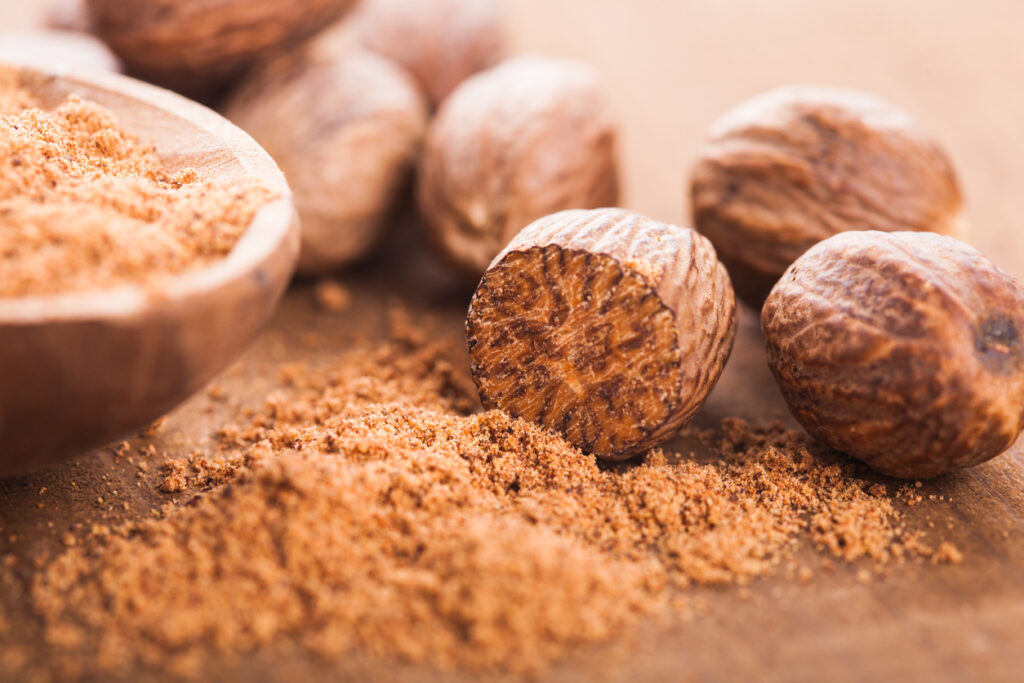
Nutmeg is a warm spice that brightens holiday baking, but in high amounts it can be dangerous. Just one to two teaspoons of ground nutmeg can cause hallucinations, dizziness, rapid heartbeat, and even seizures due to a compound called myristicin. Over the years, cases of “nutmeg poisoning” have appeared in hospitals, sometimes linked to internet challenges where people consume large amounts as a dare. While nutmeg adds depth to sweet and savory dishes in small pinches, using it carelessly or excessively is no laughing matter. Keeping it as a spice, not a snack, ensures its benefits without the very real risks of overdose.
5. Wild Mushrooms
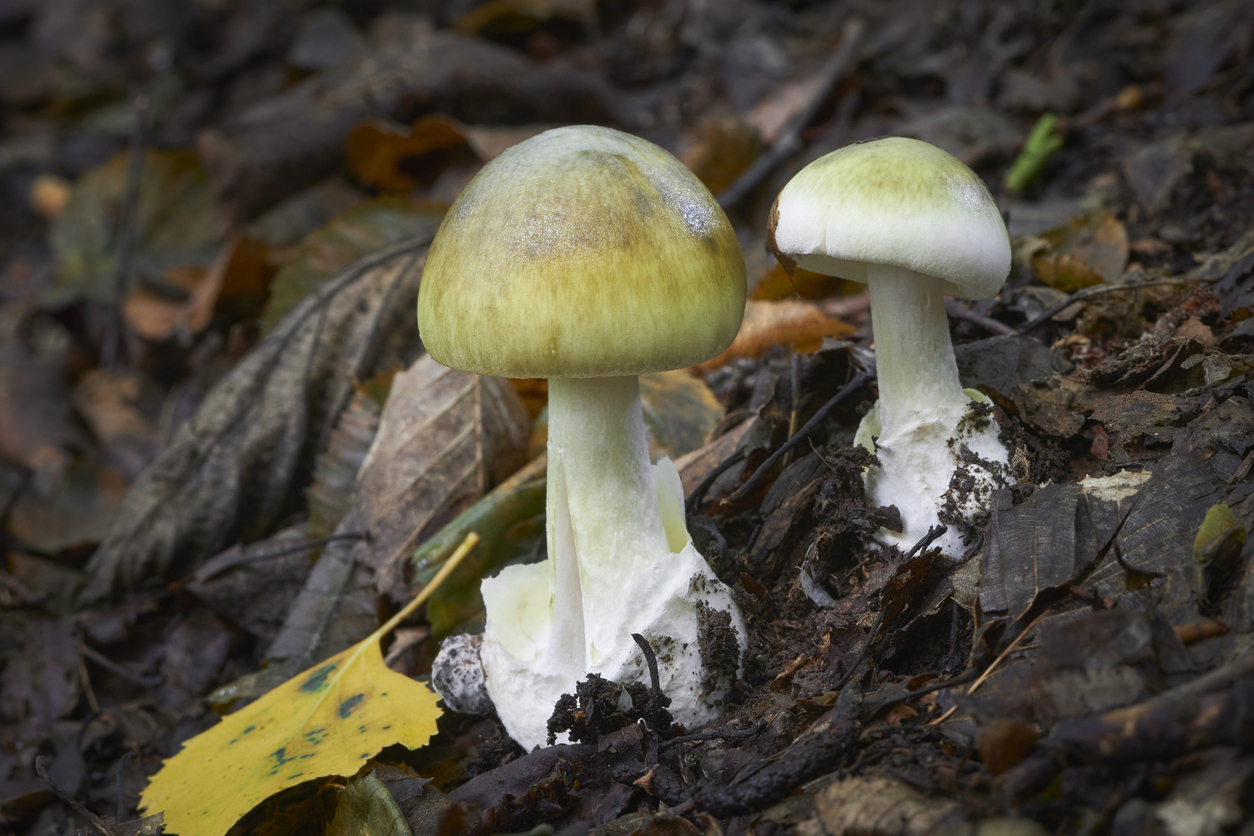
Mushrooms bought at the grocery store are completely safe, but foraged mushrooms can be a different story. Some wild varieties, like the death cap or destroying angel, look similar to edible species but contain deadly toxins that attack the liver and kidneys. Even a small bite can cause severe poisoning or death, making misidentification a serious hazard for amateur foragers. Stories of accidental poisonings appear every year, often after people mistake toxic mushrooms for harmless ones. Unless you’re an experienced forager with expert knowledge, it’s far safer to leave wild mushrooms alone. Sticking to store-bought varieties ensures you enjoy their flavor and health benefits without taking a life-threatening risk.
6. Rhubarb Leaves
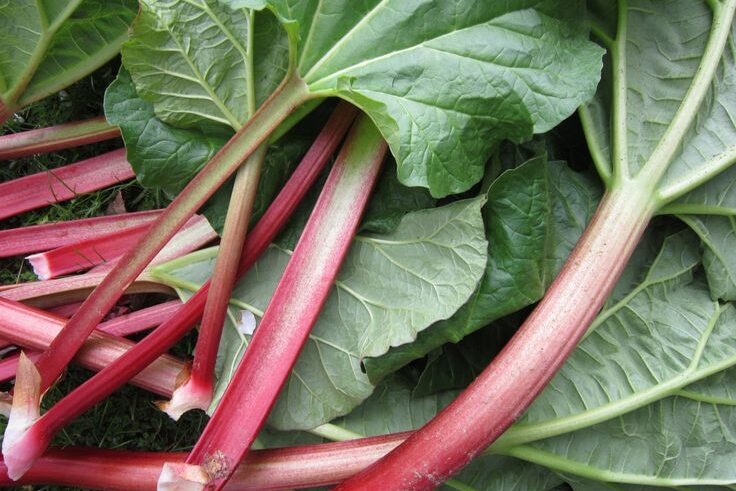
Rhubarb is often baked into pies and jams, but only the stalks are safe to eat. The leaves contain oxalic acid and other toxic compounds that can cause difficulty breathing, seizures, kidney failure, or even death if eaten in large amounts. While a small accidental bite may only cause mild stomach upset, it’s still best to avoid the leaves entirely. Gardeners sometimes forget this distinction and accidentally use both stalks and leaves, which can quickly turn a wholesome dessert into something dangerous. Keeping the leaves out of the kitchen and composting them right away is the simplest way to stay safe while enjoying this tart and tangy plant.
7. Grapefruit
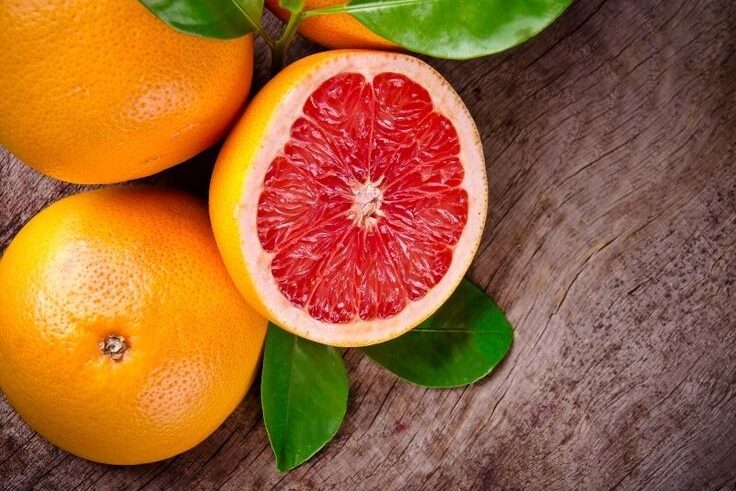
Grapefruit is a refreshing fruit, but it can be surprisingly dangerous when mixed with certain medications. Compounds in grapefruit interfere with enzymes in the liver that break down drugs, causing higher concentrations to build up in the bloodstream. This effect can turn a safe dose into an accidental overdose, especially with medications for blood pressure, cholesterol, or anxiety. Doctors often warn patients to avoid grapefruit entirely if they take specific prescriptions, since even one glass of juice can cause complications. While grapefruit itself isn’t harmful, its interaction with medicines has sent people to the hospital, proving that healthy foods aren’t always safe in every situation.
8. Cassia Cinnamon
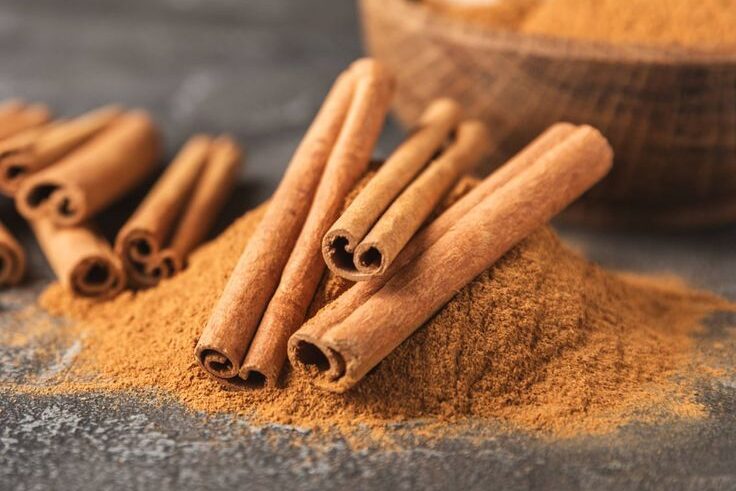
Cinnamon is beloved in everything from desserts to breakfast cereals, but the common variety found in grocery stores, called cassia cinnamon, contains a compound called coumarin. In small amounts it’s harmless, but eating it daily in large quantities can damage the liver. This risk is especially important for people who take cinnamon supplements or regularly add heaping spoonfuls to drinks and food. Ceylon cinnamon, sometimes called “true cinnamon,” contains much lower levels of coumarin and is considered safer for frequent use. While cinnamon can offer health benefits when used sparingly, moderation is key to avoiding the hidden dangers of this spice.
9. Tuna and Large Fish
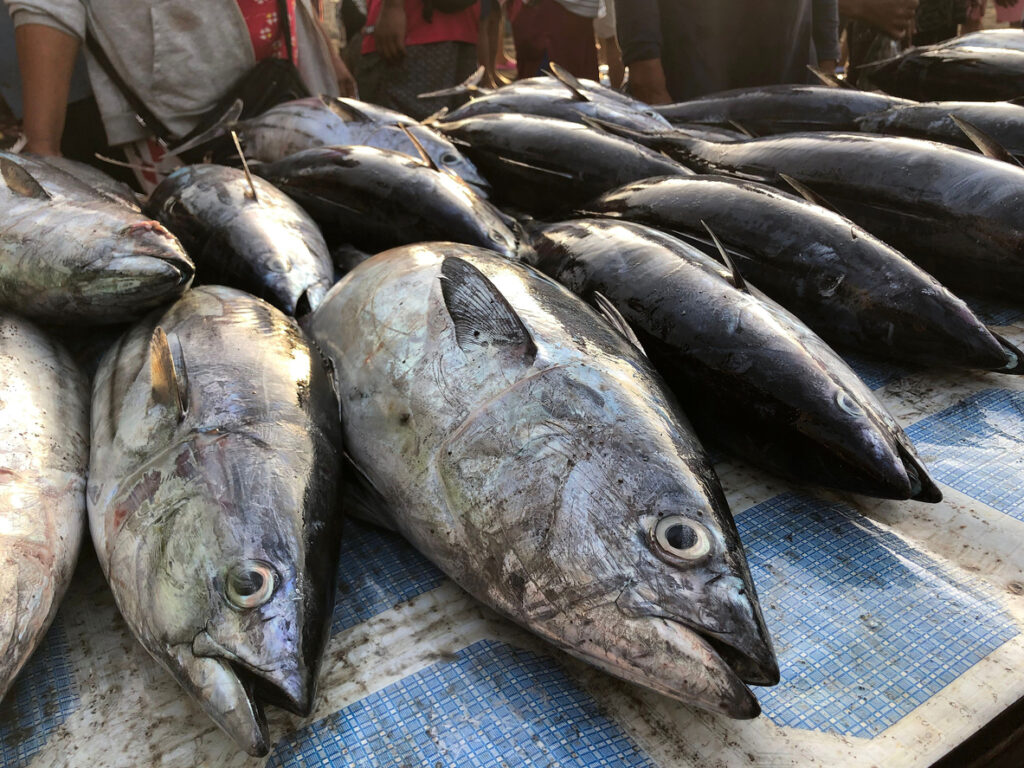
Tuna, swordfish, and other large fish are popular for their flavor and protein, but they can also carry high levels of mercury. Mercury builds up in these species over time and, when eaten frequently, can harm the brain and nervous system. Pregnant women, nursing mothers, and children are especially at risk, since mercury exposure can affect development. That doesn’t mean these fish should be avoided completely, occasional servings are fine, but eating them too often can lead to long-term health problems. Choosing smaller fish like salmon or sardines is a safer option for regular meals, letting you enjoy seafood without the added risk of mercury poisoning.
10. Raw Honey for Infants
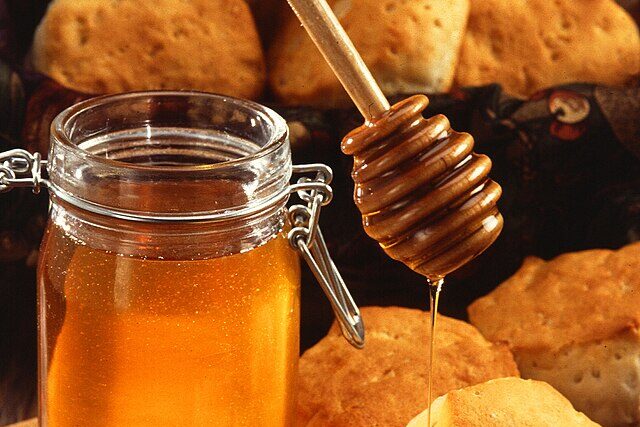
Honey is often praised as a natural sweetener, but it should never be given to infants under one year old. Raw honey can contain spores of Clostridium botulinum, the bacteria that causes botulism. While older children and adults can handle these spores without issue, a baby’s immature digestive system cannot, leading to a rare but potentially deadly condition called infant botulism. Even a small taste of honey can pose a risk, which is why pediatricians strongly advise against it until after the first year. For adults, honey remains a safe and healthy option, but for infants, it’s one of the few foods that can truly be dangerous.
11. Spinach and Kale
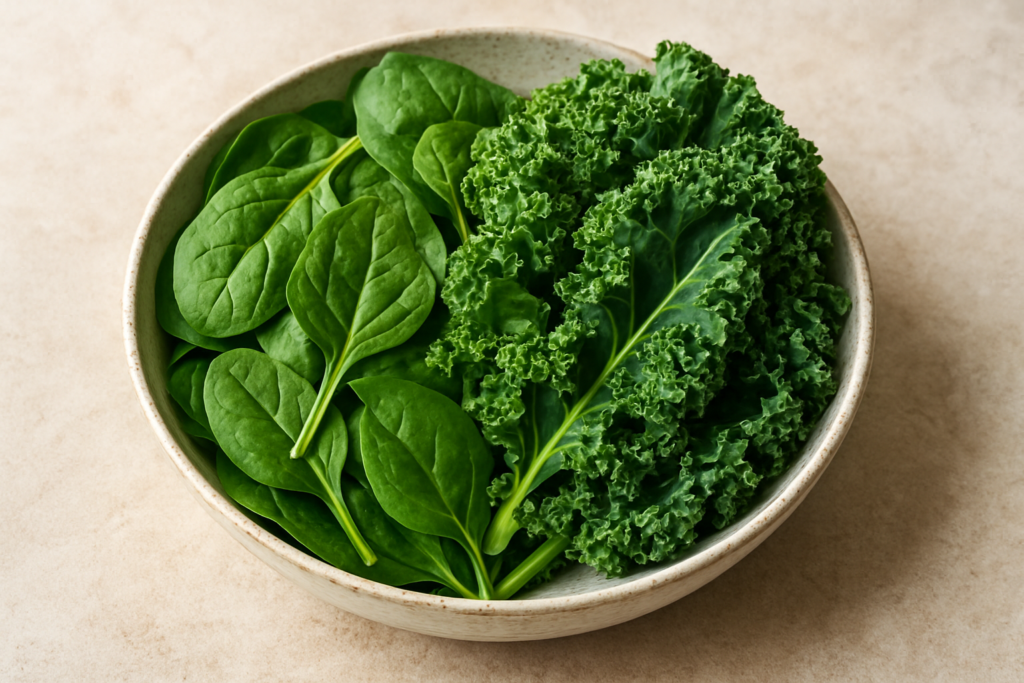
Spinach and kale are packed with nutrients, but eating them in extreme amounts can cause problems. Both vegetables are high in oxalates, compounds that bind with calcium and can lead to kidney stones or, in rare cases, kidney damage. For most people, normal servings are perfectly safe and even encouraged as part of a healthy diet. The issue arises when juicing or blending these greens daily in large quantities, which can push oxalate intake far beyond safe levels. Balance is key, pairing spinach and kale with a varied diet ensures you enjoy their benefits without risking unwanted side effects from overconsumption.
12. Raw Lima Beans

Lima beans may seem harmless, but some varieties naturally contain a compound called linamarin, which breaks down into cyanide when eaten raw. Cooking lima beans thoroughly destroys this toxin, making them completely safe once prepared properly. In the United States, commercial lima beans are regulated to have lower toxin levels, but raw beans can still be dangerous if sampled straight from the pod. This is why recipes always call for boiling them for at least 10 minutes before serving. While lima beans are a healthy source of protein and fiber, skipping that cooking step can quickly turn them from nutritious to poisonous.
This story 12 Common Foods That Can Make You Sick, or Even Kill You was first published on Daily FETCH


